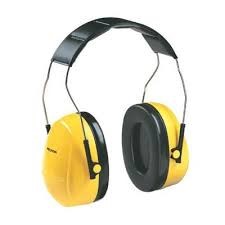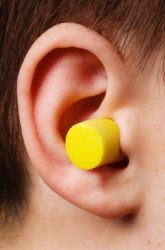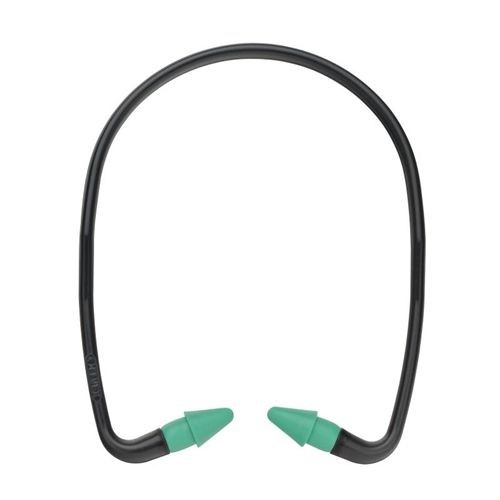Hearing Protection
Noise is part and parcel of our day to day lives; however, too much noise can cause permanent damage to our hearing. Both Acute and Chronic Noise exposure can lead to impaired hearing, tinnitus (ringing in the ears), psychological effects such as stress as well as cardiovascular effects such as hypertension. It was estimated in 2004/05 that 74,000 people ever employed in Great Britain were suffering from work-related hearing problems in this year.
Recommendations
Noise is measured in decibels (dB) and is covered in The Control of Noise at Work Regulations 2005. If employees are exposed to a daily (or weekly) average of 80dB or over employers must assess the risk to workers’ health and provide them with information and training. If noise exposure is equal too or exceeds 85dB employers must provide hearing protection and hearing protection zones. There are several options to reduce noise exposure such as using quieter equipment, providing barriers and limiting time spent in noisy areas. However, sometimes noise exposure is still high; in these situations, hearing protection should be worn as a last line of defence. There are several types of hearing protection available:
Earmuffs:
|
Earplugs:
|
Semi-inserts/Canal Caps:
|
|---|---|---|
| Totally cover your ears, fit tightly and have no gaps around the seals. Nothing should interfere with seal as tension is important to protection | Go right in the ear canal but don’t cover the full ear. Instructions on how to use should come with the plug. Can come as either disposable or reusable | Are held across the ear canal by a band. These are like earplugs and, as with earmuffs, tension is essential |
It is essential that hearing protection is kept in good working condition. This Includes pre-use visual checks for damage and signs of wear. Earmuffs should be checked for seal damage and that there is enough tension ensuring a tight seal. Earplugs should be kept away from moisture and water as this affects their ability to expand in the ear canal; roll the plugs between your finger and thumb and they should form a narrow cylinder and keep that shape. Finally, semi-inserts should be checked confirming tension is constant.

However, noise level at the ear should not be reduced below 70dB, as this reduces our ability to communicate dangers. We therefore use single number rating (SNR) values, which come with the hearing protection, the following table shows which SNR rating you should use given varying noise exposures:
| Noise level (dB) | Select a protector with an SNR value of… |
| 85-90 | 20 or less |
| 90-95 | 20-30 |
| 95-100 | 25-35 |
| 100-105 | 30 or More |
Action to be Taken:
- Complete WA Management annual OHS Noise Risk Assessment to investigate employees noise exposure.
- All employees should be supplied with hearing protection of suitable SNR ratings for their tasks.
- Ensure hearing protection is suitable for the task you are undertaking and is a good fit to allow maximum protection against noise exposure.
Safe Behaviour Reminder:
- Always keep hearing protection in a good, clean condition ensuring seals are not damaged and tension is not reduced.
- Do not add unofficial modifications to hearing protection.
- Do not wear hearing protection where it is unnecessary to do so.



